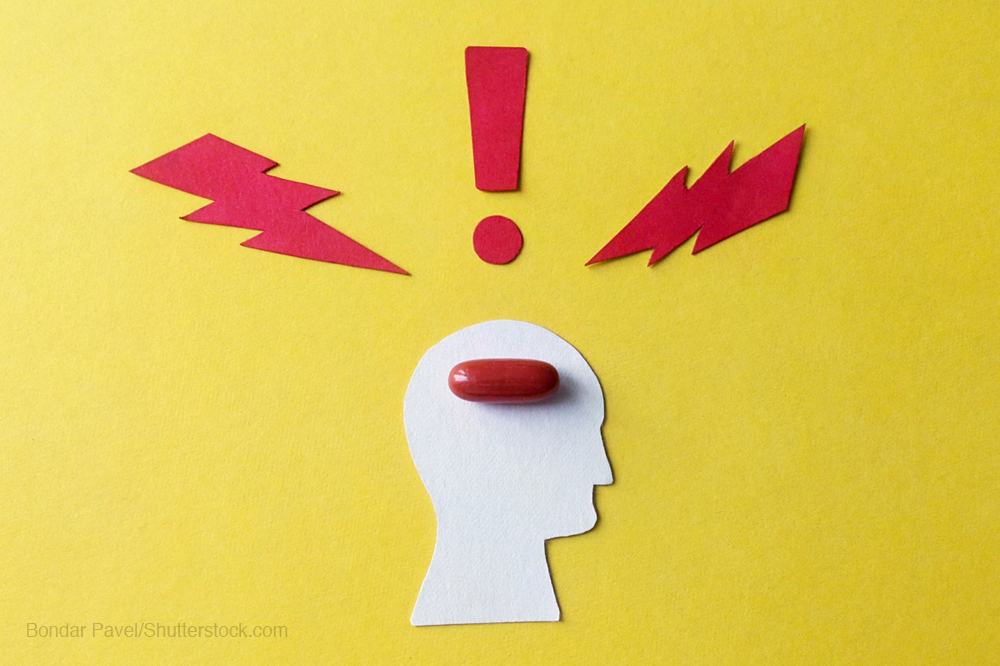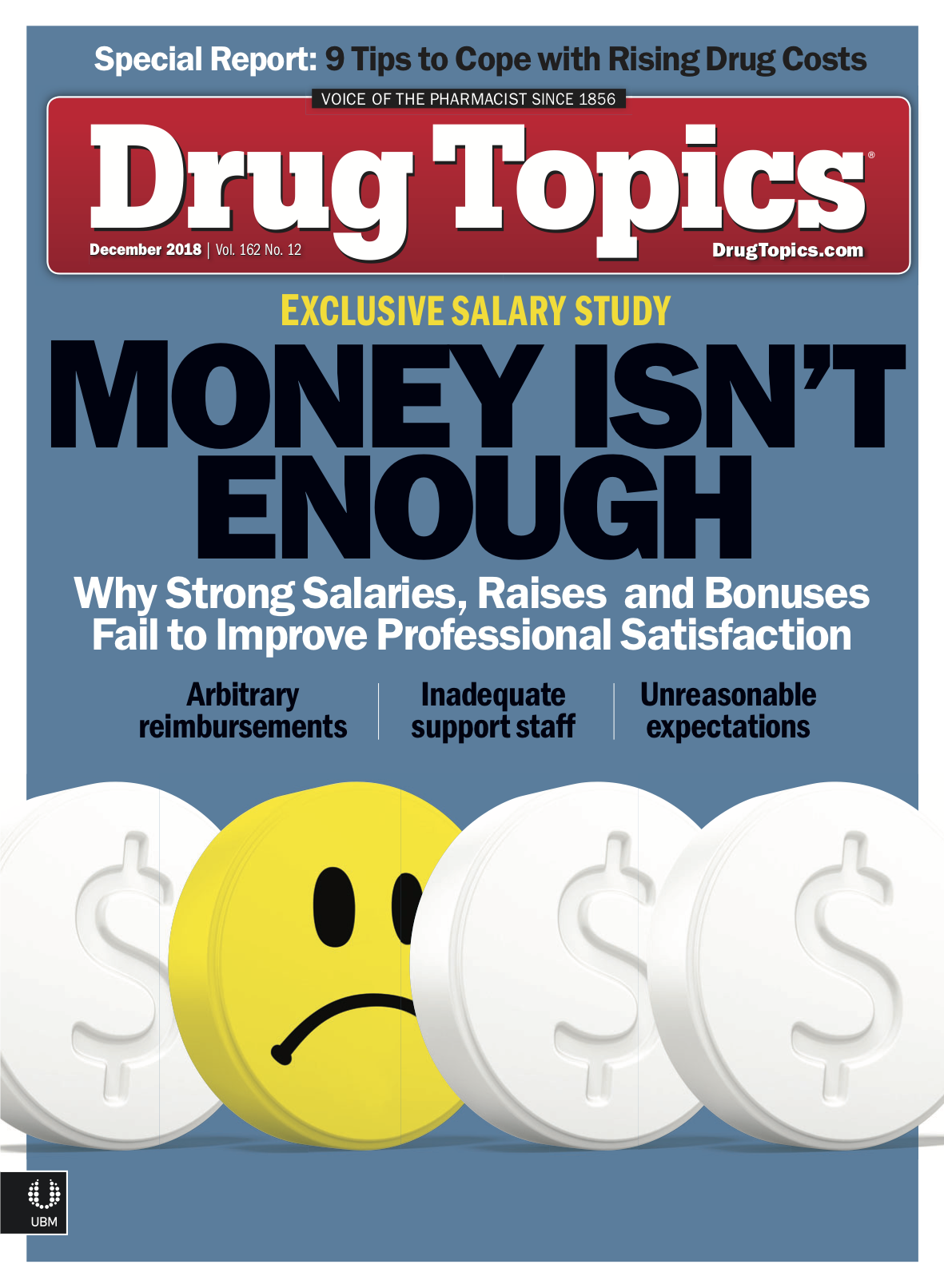Psychotropic Drugs in Pediatrics: Looking at the Whole Child
Each year, approximately 200,000 children ages 17 years and younger land in emergency departments (EDs) from adverse drug events (ADEs). Children younger than 5 years of age are most likely to visit the ED for ADEs, according to the CDC.

Each year, approximately 200,000 children ages 17 years and younger land in emergency departments (EDs) from adverse drug events (ADEs). Children younger than 5 years of age are most likely to visit the ED for ADEs, according to the CDC.
Adverse drug events (ADEs) are a leading cause of injuries and death in children in the United States, and psychotherapeutic agents such as antidepressants and central nervous system (CNS) stimulants have been implicated in rare, but serious, side effects such as suicide, serotonin syndrome, and death. Pediatric CNS stimulant prescriptions have skyrocketed 483% from 1990 to 2015, according to an October 2016 New York Times article. The increasing number of prescriptions is raising concerns regarding the potential overprescribing and unnecessary prescribing of stimulants and other psychotropic medications in children.
Pharmacists who are involved in patient care, including community pharmacists, have unique opportunities to manage patients and help improve safety outcomes.
“Pharmacists play a critical role in ensuring evidence-based prescribing of psychotropic medications, identification, and management of drug interactions, and monitoring of side effects,” says Danielle Stutzman, PharmD, BCPP, a psychiatric pharmacist at Children’s Hospital Colorado in Aurora.
Polypharmacy Problems
Part of psychotropic medication management includes limiting the effects of psychotropic polypharmacy, defined as taking more than one psychotropic medication that offers the same therapeutic effect. Stutzman says several factors contribute to polypharmacy in pediatric populations taking these medications. They include:
- Misconceptions regarding the onset of clinical effect such as in the case of antidepressants that take several weeks to see their full effect.
- Poor understanding of specific symptoms clinicians hope will improve after initiating psychotropic therapy.
- Inadequate knowledge of side effects associated with these medications. Stutzman says this is especially problematic in certain subpopulations, such as children diagnosed with autism spectrum disorder who are less likely to tolerate antidepressants and may actually have worsening mood and increased irritability.
Population-Specific Considerations
Many psychotropic medications have not been approved by the FDA for use in children, but they are still frequently prescribed for them. Pharmacists should be aware of this trend as well as how these medications behave differently in children than adults.
“An important piece to remember is that we cannot necessarily apply pharmacologic treatment principles in psychiatry to pediatric patients,” cautions Stutzman. She adds that off-label prescribing also increases’ children risk for polypharmacy because psychotropic medications can have different responses in children than in adults.
Equally as important is that pharmacists recognize that certain populations-such as foster children and children from lower-income families-are at greater risk for polypharmacy than others. Evidence-based medicine offers the best weapon to counter this challenge, but pediatric studies are insufficient, says Takesha Cooper, MD, MS, assistant professor of psychiatry at the UC Riverside School of Medicine.
“The lack of pediatric studies is a plug for the need to do more pediatric research,” says Cooper.
What Pharmacists Can Do
Pharmacists can help combat polypharmacy by identifying a single psychotropic medication indicated for several psychiatric conditions, Stutzman says. They can also use established state guidelines to help develop and implement protocols for prescribing psychotropic medications and monitoring their levels, labs (for example, lipid panels and A1c), and assessing extrapyramidal effects.
Charles Caley, PharmD, BCPP, clinical professor and chair of pharmacy practice at Western New England University College of Pharmacy and Health Sciences in Springfield, MA, says pharmacists can leverage their specialized knowledge of pharmacokinetics to improve patient safety when evaluating the potential for pharmacokinetic interactions-especially for children who may have psychiatric illness such as bipolar disorder, ADHD, and anxiety.
For example, a pharmacist’s understanding that antidepressants such as fluoxetine, bupropion, and paroxetine inhibit the CYP2D6 pathway is helpful when a child taking any of these drugs receives a new prescription for Adderall. Since Adderall is metabolized via the CYP2D6 pathway, medications that inhibit this pathway would increase potential Adderall-related drug side effects such as hypertension, increased heart rate, tic-like movements, and seizures. In this situation, Caley recommends reducing a child’s Adderall dose by 50%.
Finding Balance
Keenly aware of public concerns regarding over- and inappropriate prescribing, Cooper points out that medication is not the only first-line treatment, but that medication is necessary for some children depending on their manifestations.
Older evidence suggests that some children with behavioral health issues may actually be undertreated. According to a 2014 post by former director Thomas Insel at the National Institute of Mental Health, 4.2% of the 7.5 % of children taking prescription medications are taking psychostimulants, but 11% of children have received a diagnosis of ADHD. This statistic suggests some children may not be receiving pharmacological treatment for psychiatric disorders. While psychotropic medications can serve as first-line, concomitant, or second-line treatment, pharmacists should also recognize that nonpharmacological management such as psychotherapy also plays a significant role in improving symptoms in patients. Psychotherapy includes weekly talk therapy, skill-building, cognitive ability, and helping children think through situations-such as strategies for coping with urges for self-injury.
“The pill doesn’t teach the child anything, but it can help reduce symptoms so that children are better able to benefit from psychotherapy,” says Cooper. “It’s really the psychotherapy that teaches the child skill to cope, and it’s also important to work with therapists to make sure children’s needs are being met.”
Education Is Key
Negative perceptions also contribute to medication-related challenges in behavioral health and create additional barriers to patient treatment and recovery while diminishing the quality of physical care patients with psychiatric conditions receive, according to a 2013 JAMA Pediatrics article, “Medication Use in US Youth with Mental Disorders.”
Caley emphasizes that negative mindsets can have exceptionally deleterious impacts in community pharmacy because of its degree of patient accessibility. “Pharmacists need to be reflective and feel confident about addressing psychotropic medications,” he says. “It’s important to acknowledge that there’s a stigma or unwillingness to address mental illness in children and other populations among community pharmacists because there’s a lack of comfort in discussing this topic.”
Pharmacists should acknowledge their discomfort in discussing behavioral health issues with patients and parents of children with these challenges, Caley says. They should seek additional education and training to become more comfortable with their roles in addressing psychotropic challenges in children. The American Academy of Child and Adult Psychiatry offers a prescribing guide and other resources.
“Psychotropic illnesses are brain illnesses which are influenced by many other things-the environment, perceived stress, genetics,” says Caley. Pharmacists need to have more than a casual familiarity with these medications.”
Frieda Wiley, PharmD, BCGP, is a regular contributor. She writes for several medical magazines and serves on the American Medical Writers Assn. National Communications Committee.
